Description
Forest Honey
This beautiful wild multifloral honey contains nectar from a range of plant varieties which bloom together in the late summer of beekeeping season.
This beautiful wild honey cоntаіnѕ nесtаr frоm dіffеrеnt рlаnt vаrіеtіеѕ blооmіng аt thе ѕаmе tіmе. Forest Honey is known as the ‘perfect’ honey and it is used in curing many illnesses and health problems.
It has a complex composition consisting of a variety of nutrients and vitamins such as B and C. It is a great way to boost your nutritional intake, almost like one of your five-a-day!
All the goodness of the wilderness
Forest Honey flow is often strong in late wet summers. It may be known generically as “Tree Honey” but also by the name of the particular source plant, “Fir Honey”, “Pine Honey”, “Lime Tree Honey”, “Oak Honey” etc.
Many people believe this honey is created from sap secreted directly from the tree itself. This is not the case. Only occasionally do plants exude a honeydew-like substance directly that bees will use, and this is usually as the result of an injury or shock to the plant. (check out our own Honeydew Honey)
Forest honey is highly appreciated in certain parts of the world by connoisseurs and honey lovers alike for its intense flavour and health benefits. It is especially well known in European countries like Germany, Switzerland, Austria, Slovenia, Italy, Greece, and Turkey.
Forest Honey – Characteristics
Forest honey from different European countries, from Conifers (fir, spruce, pine), and deciduous (mostly different oak species) share the following characteristics.
Colour: Dark to ruby, honey-coloured, sometimes with a touch of green.
Taste: Intensity: medium, woody and warm. Medium sweetness with weak acidity. No bitterness with a medium aroma. Medium persistence/aftertaste and sometimes astringent.
Aroma: Woody and warm.
If you would like to learn more about bees and honey please visit our blog
Check out our YouTube channel to learn more about bees and honey

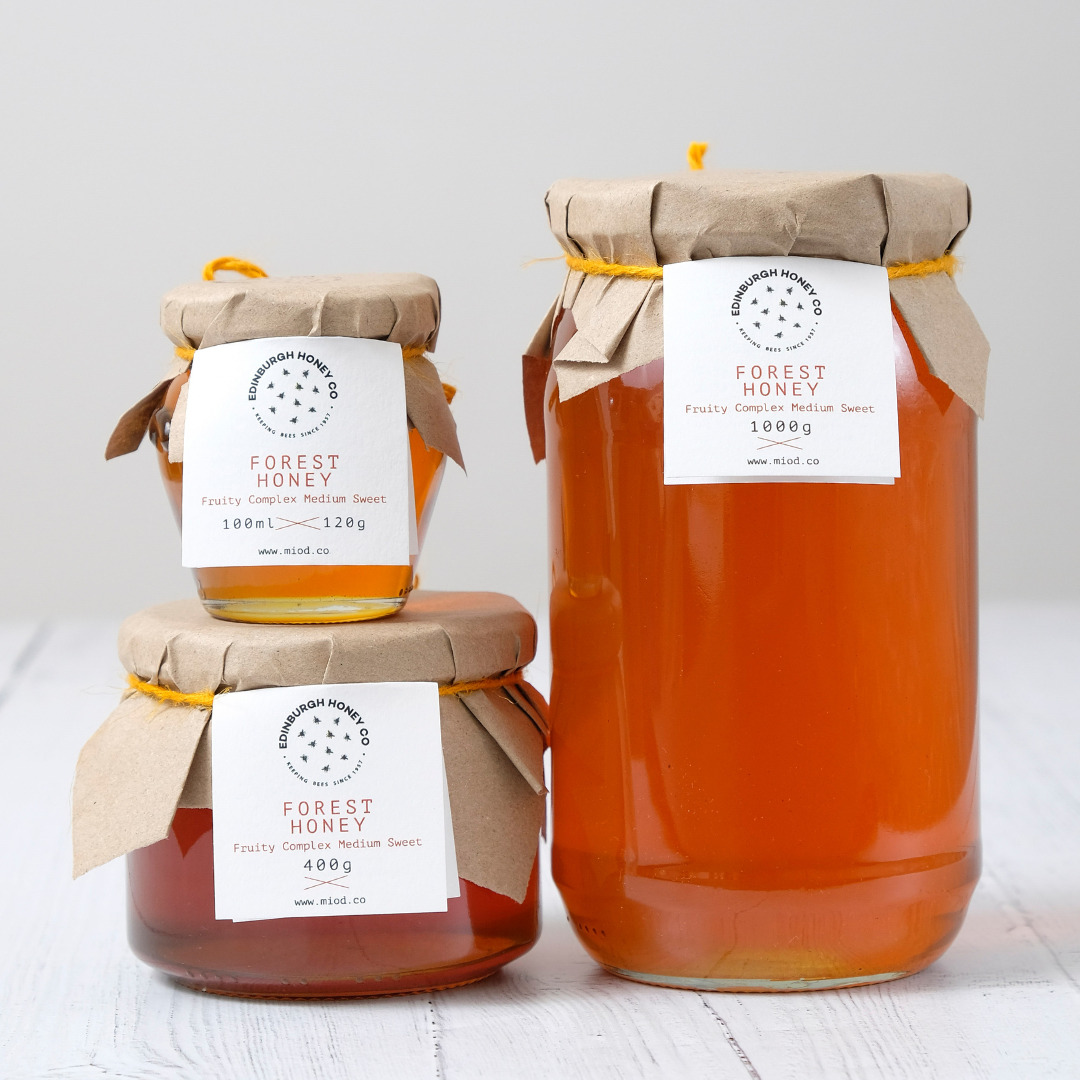

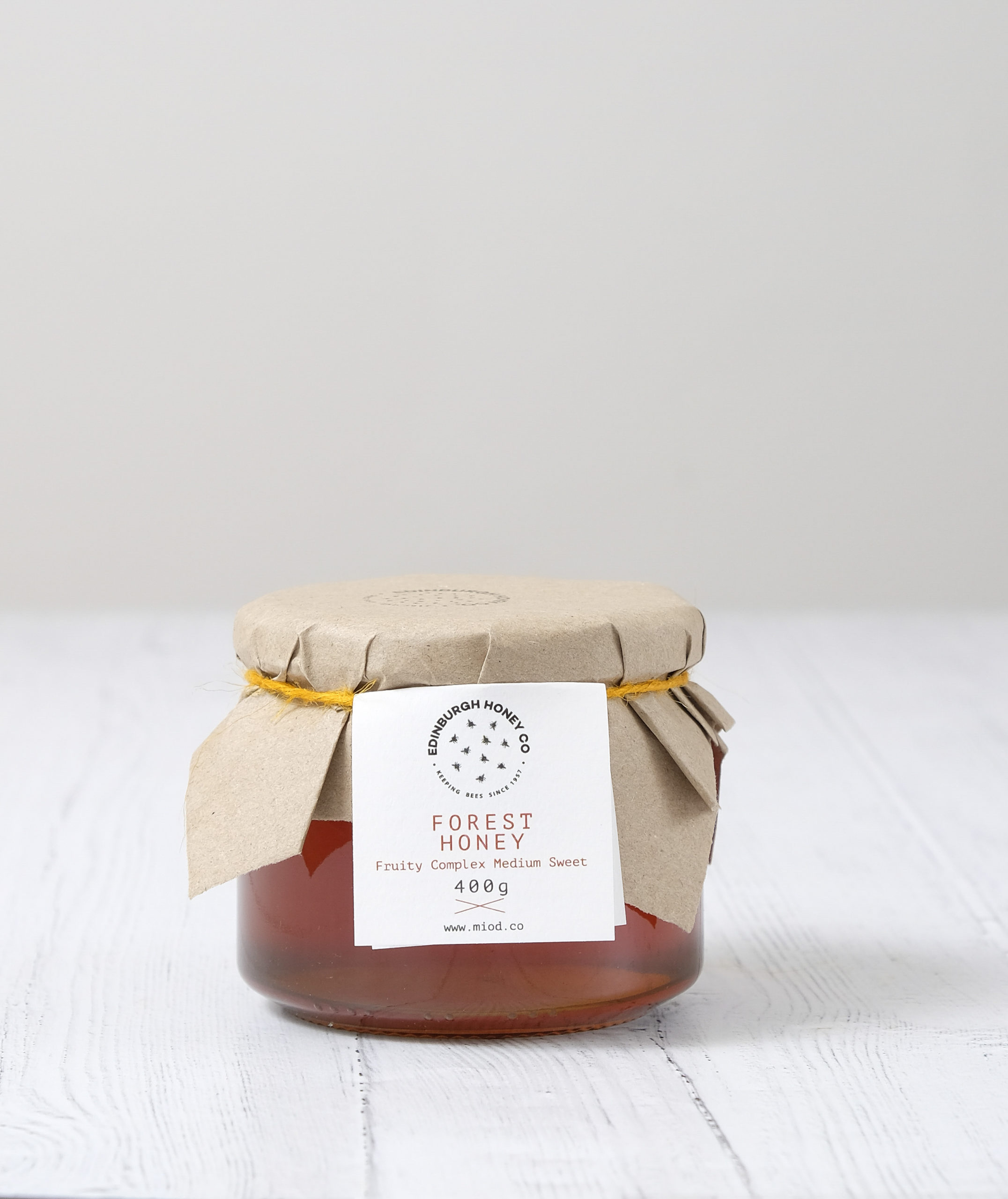

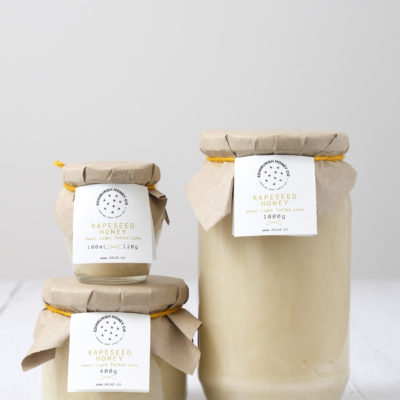

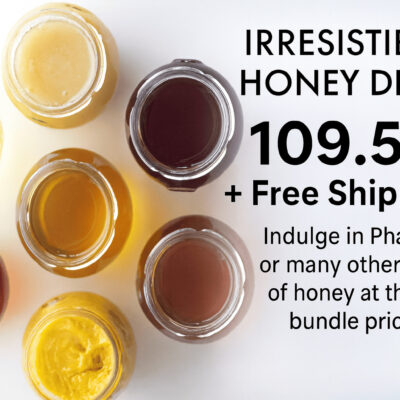
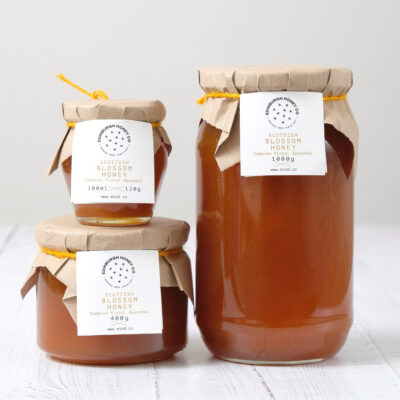
Iain Sayers –
One of the nicest honeys I’ve tasted